Junkyard Find: 1970 Fiat 124 Sport Spider

Since 2007, when I started writing about interesting vehicles in car graveyards, I’ve seen at least a couple of discarded Fiat 124 Sport Spiders per year. In fact, I was finding these cars in junkyards when you could still buy them new, back when I was hitting the yards of Hayward in search of parts for my ’69 Toyota Corona. These days, most Sport Spiders you’ll find at your local Ewe Pullet will be 1976-1980 models (I still haven’t managed to find any junked examples of the Pininfarina-badged mid-1980s Spiders that Malcolm Bricklin sold as Azzurras), so today’s ’70 is quite a rare Junkyard Find.
This car has generous helpings of cracking body filler and some rust in the usual spots, but it wouldn’t have required extreme measures to get back on the road in presentable condition. The problem is that you run into the fact that very nice early-1970s Fiat 124 Spiders sell for less than what a semi-serious restoration costs for a rough one.
The U.S.-market 1970 Sport Spider got this 1.6-liter Twin Cam engine rated at 96 gross horsepower. The 124 Sport Spider’s British arch-rival, the MGB, got 92 horses from its primitive-but-sturdy pushrod 1.8. This car weighed just 2,085 pounds, so it had a much better power-to-weight ratio than the 1970 Ford Mustang convertible with the base 200-cube straight-six engine (21.7 lb/hp versus 24.6 lb/hp).
Of course, that new Mustang ragtop set you back just $3,025, while the 124 Sport Spider cost $3,304 (in 2022 dollars, that’s about $22,310 for the Ford and $24,370 for the Fiat). If you wanted a new 1970 MGB, that car cost just $2,875 (about $21,205 today).
Of course, American Fiat shoppers in 1970 could still buy the smaller, rear-engined 850 Spider. That car weighed just 1,555 pounds, had a 40-horse 903cc engine, and cost $2,168 ($15,990 now).
These cars had Weber carburetors until Fiat switched to Bosch fuel injection for 1980.
Those two holes in this dash panel once held some beautiful steel-and-glass indicator lights, which I always grab for use in various projects. The ones in this car were gone when I arrived, but I have a pretty good stash in reserve.
I regret not buying this hubcap for use as garage art, but I wanted to leave it for 124 Sport Spider owners doing some junkyard shopping.
The 1970 Sport Spider came with a five-speed manual transmission, which was racy hardware at the time (and still available in a few new cars today). 124 sedans and wagons got the good old four-on-the-floor rig that year, while an optional GM-supplied TH180 three-speed automatic could be had in a 124 Sport Spider starting in 1979.
It makes sense that a pilot would want something sporty when traveling in two dimensions instead of three.
I enjoy photographing junkyard machinery with old film cameras, and I returned with my 1917-vintage Conley Kewpie a few weeks later to capture this Fiat on 120 film.
It has a trunk and a cigarette lighter! What more do you need for a nice Italian drive?
For links to nearly 2,300 additional Junkyard Finds (including many Fiats), head over to the Junkyard Home of the Murilee Martin Lifestyle Brand™.

Murilee Martin is the pen name of Phil Greden, a writer who has lived in Minnesota, California, Georgia and (now) Colorado. He has toiled at copywriting, technical writing, junkmail writing, fiction writing and now automotive writing. He has owned many terrible vehicles and some good ones. He spends a great deal of time in self-service junkyards. These days, he writes for publications including Autoweek, Autoblog, Hagerty, The Truth About Cars and Capital One.
More by Murilee Martin
Latest Car Reviews
Read moreLatest Product Reviews
Read moreRecent Comments
- Zelgadis Elantra NLine in Lava Orange. I will never buy a dirty dishwater car again. I need color in my life.
- Slavuta CX5 hands down. Only trunk space, where RAV4 is better.
- Kwik_Shift_Pro4X Oof 😣 for Tesla.https://www.naturalnews.com/2024-05-03-nhtsa-probes-tesla-recall-over-autopilot-concerns.html
- Slavuta Autonomous cars can be used by terrorists.
- W Conrad I'm not afraid of them, but they aren't needed for everyone or everywhere. Long haul and highway driving sure, but in the city, nope.


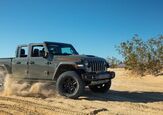
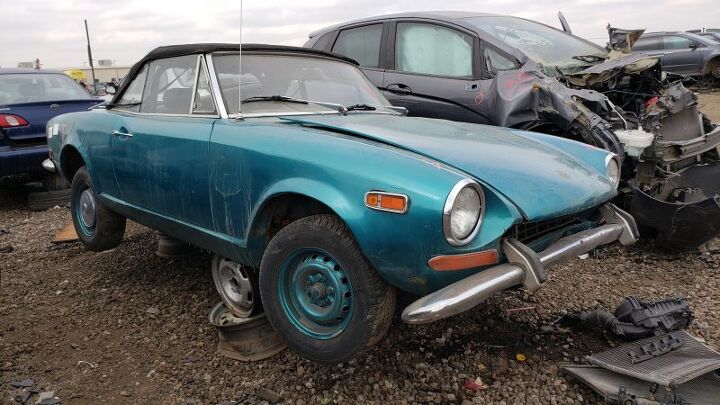
































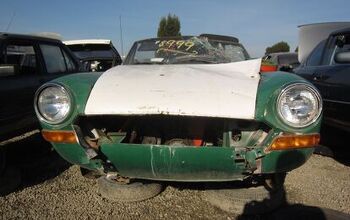
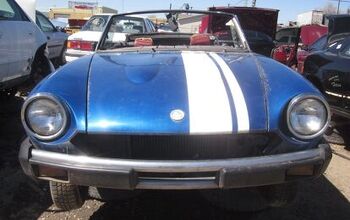
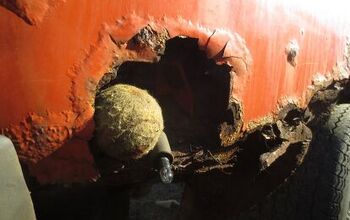

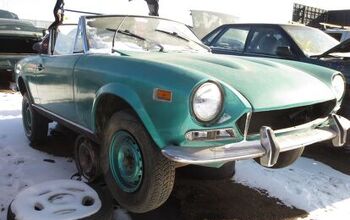
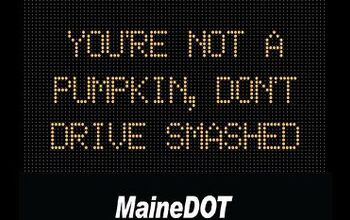

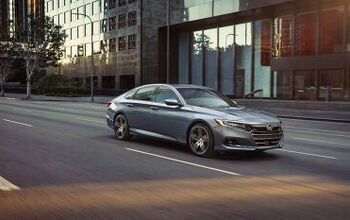
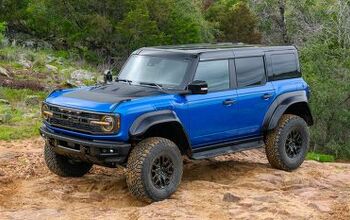
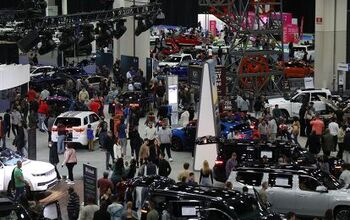
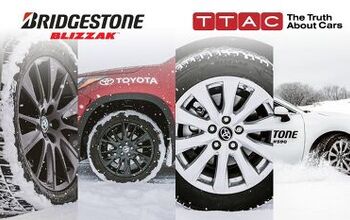
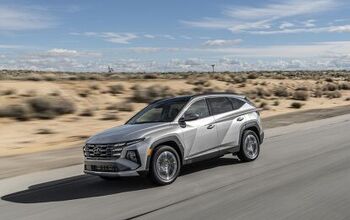
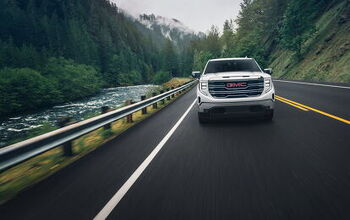
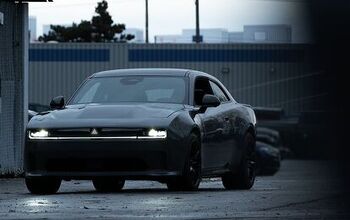
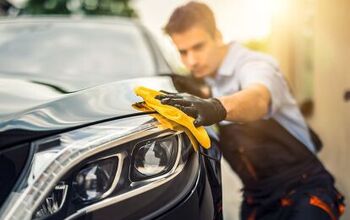
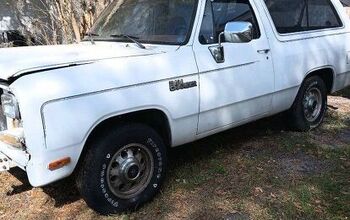

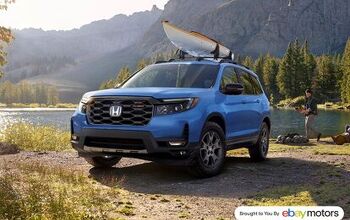
Comments
Join the conversation
Since you mentioned you had a 69 Corona, we fit 7 guys in that Toyota when I was in high school. It was a 5 speed to boot. The second gear almost always crunched. Those Spyders were cool. I didn't know they still made 120 film.
I've owned two. I was a technical editor for a car mag for seven years and have driven hundreds and hundreds of cars at all price points. A well sorted 124 spider is one of the best bangs for the buck ever. With a little care and feeding these cars are a dream to own and a hoot to drive. And parts are cheap.